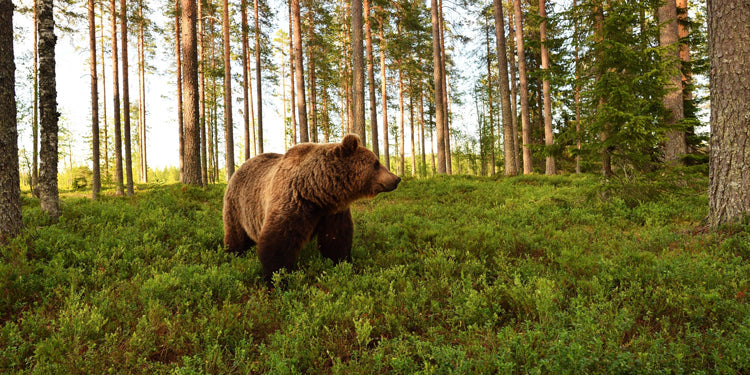 This is a guest post by Rhonda McDonald, a Title 1 Reading Specialist in Botetourt County Public Schools, Virginia and author of two books in our
Kaleidoscope Collection
:
Polar Bears
and
The White Whale
.
This is a guest post by Rhonda McDonald, a Title 1 Reading Specialist in Botetourt County Public Schools, Virginia and author of two books in our
Kaleidoscope Collection
:
Polar Bears
and
The White Whale
.
The Developmental Writing Stage of Beginning Sound Emergence: 5–6 years old
Children in the “Beginning Sounds Emerge” stage of writing are learning that each letter of the alphabet has a definite sound.
When these sounds are arranged in a particular order, a word is created. They are starting to write strings of letters as a word containing the initial sounds they hear.


Sentence formation is beginning to appear as they leave space on the page between words. Motor control of forming letters and gripping a writing tool improves as muscles in their hand mature. The child at this stage may switch between holding the writing tool in the right or left hand. One of the first words to be mastered is their name. Focus on this strength and play word games with their name.
- Make a name puzzle: Write their name on an index card, cut apart the letters, mix them up, and ask the child to arrange the letters of their name in proper order.
- Make a collage: Cut out magazine pictures of items that begin with a given letter in their name.
- Practice writing their name: Be creative and use different ways to make the child’s name: markers, colored pencils, glitter, play dough, noodles, and seeds.
- Work on learning names of other family members or pets: Mom, Dad, etc. Take a picture of the person, print it out, and help the child write the correct name under each picture. (Variation: Cut the names off the pictures, mix them up, and ask them to match the names with the pictures.)
The book Where Does It Live? (guided reading level D) from the Kaleidoscope Collection is a nonfiction book about animals. The White Whale (guided reading level I) , also a nonfiction book, is about the beluga whale. Both are illustrated with photography that will show children the animals. Read the books together and identify the words for the names of the animals. Play “I Spy” and touch a given word on the page. Draw on the child’s prior knowledge of animals to build new concepts and add words to their speaking vocabulary.
- Go visit a zoo and take pictures of the animals. These pictures can be printed and used to build word knowledge.
- Make word cards as headers for how you would like the child to sort the pictures. Sort the pictures by birds, mammals, reptiles etc. Sort them by animals with fur, feathers, scales or those that fly, swim, walk, run, or crawl. They could also sort by color as you teach color words.



Atlanta Zoo, Atlanta, Georgia



Monterey Aquarium, Monterey Coast, California
- Create a nonfiction picture story book about one animal. Guide the child to listen for the sound of the words as they write.
- Create a fiction story with the child as the main character and one animal. Keep it short, 3–4 sentences, and encourage listening for the sounds of words as they write. They might want to add on to the story another day.
- Choose a favorite stuffed animal to write about.
- Learn more about the animal by reading books from the public library.
- Make picture fact cards about the animals. Add words to describe, for example, on the penguin card, you could put swims , black & white , bird , chick , and egg . Then play “Guess the Animal” as you take turns giving descriptive clues about each animal.
Learning to write should always be a fun activity. Young children have very short attention spans. Keep this in mind when working on new skills. Let it flow as a natural learning time of their daily routine.
For more information on the Kaleidoscope Collection , you can download information sheets by clicking on the image below.






